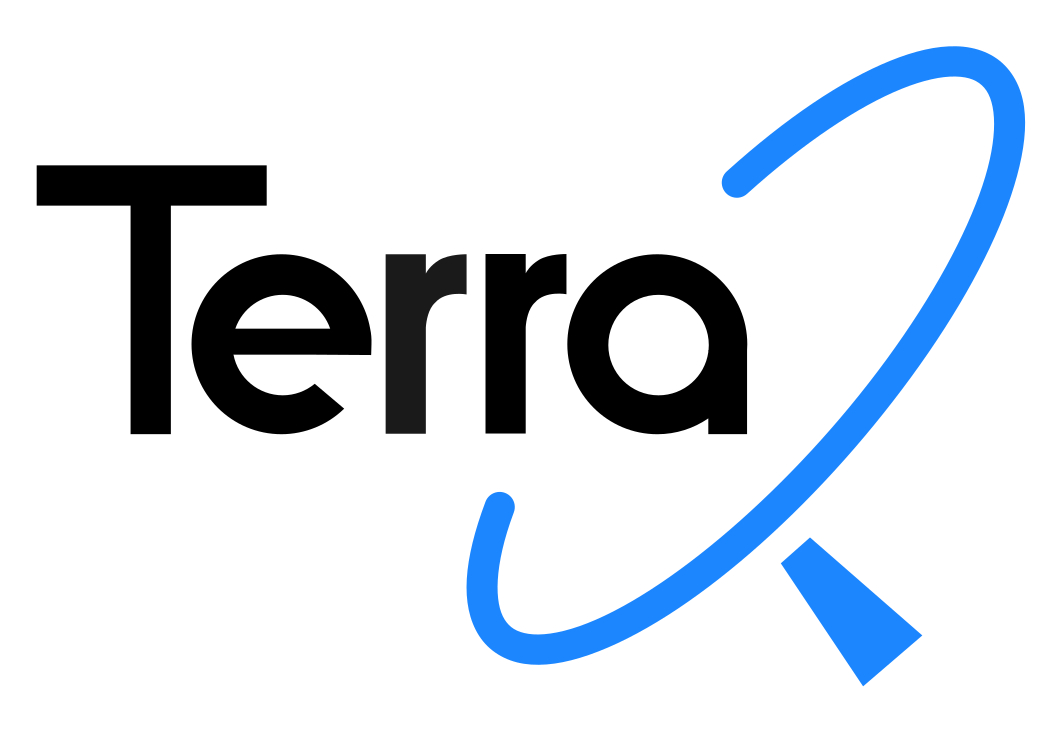In this way, TerraQ will provide crucial input for climate change research with enormous impact on the whole field of geoscience.
Climate change is one of the greatest challenges of the present time. It is imperative to obtain a thorough analysis of its causes and impacts to enable accurate forecasts of its consequences for nature and society. Here, gravimetric Earth observation is one crucial approach to provide the essential data. The spatial and temporal variations of the gravitational field reveal unique information on the relevant change processes in the Earth system – ranging from the atmosphere to beneath the surface. They allow us to quantify, e.g. the mass loss of polar ice sheets, the contribution of water influx to sea level rise, and changes in the hydrological cycle.
Present gravitational data are severely limited in their temporal and spatial resolution. Innovative quantum technologies, however, will provide data of much higher accuracy and long-term stability in the future: Optical ranging between test masses in satellites, atom-interferometric accelerometry and gradiometry, and chronometric levelling with optical clocks are the seminal approaches to address the pressing needs for high-resolution and high-accuracy data. Integrating expertise from geodesy and physics, TerraQ serves as a unique platform for developing fundamentally new sensors and measurement techniques based on quantum metrology, linking technological development and space mission requirements to geodetic and geophysical modelling in a synergetic way.















